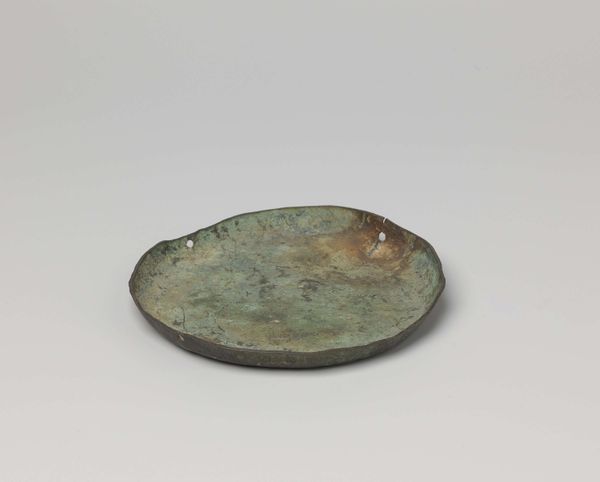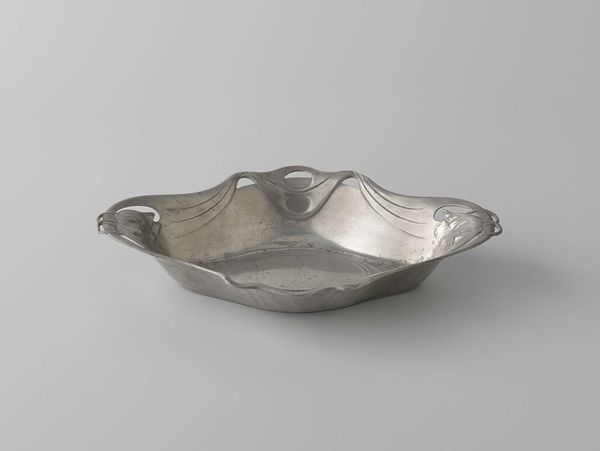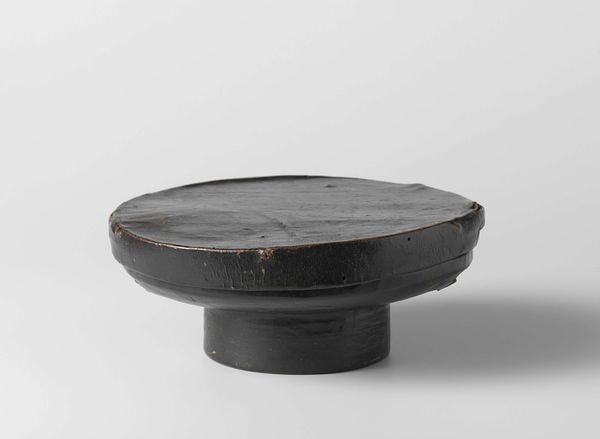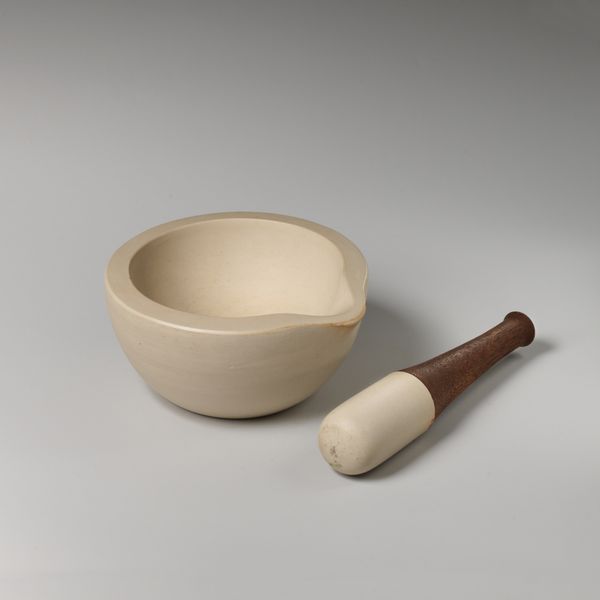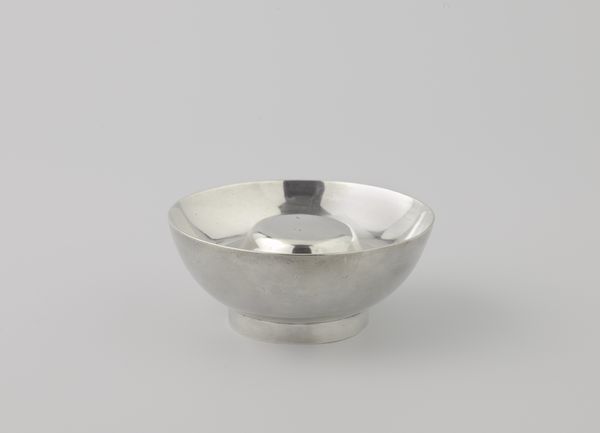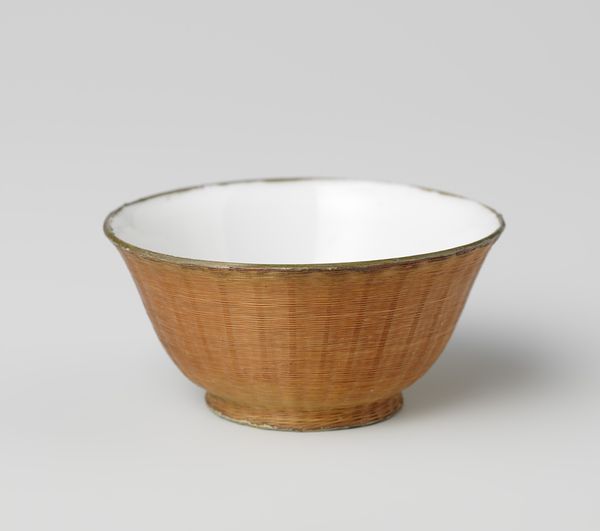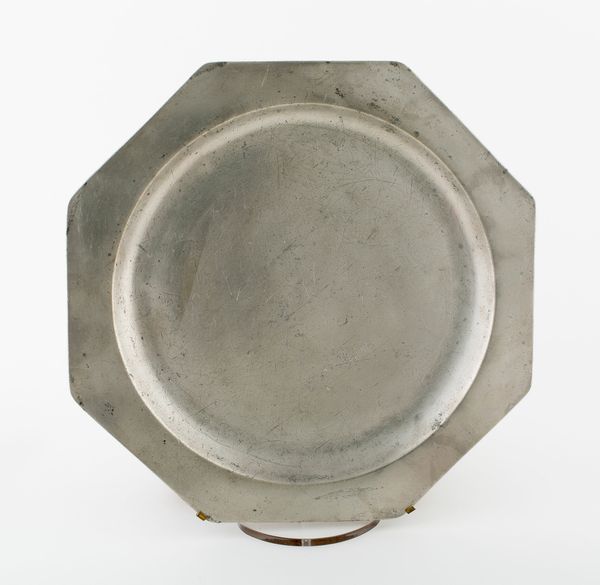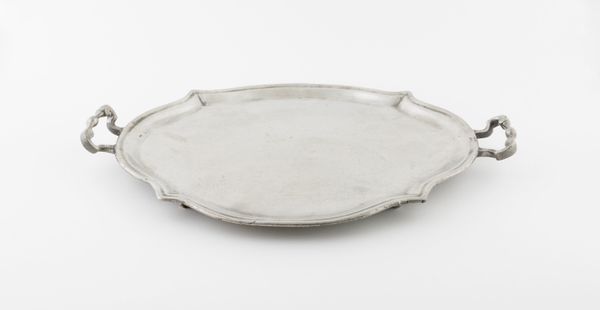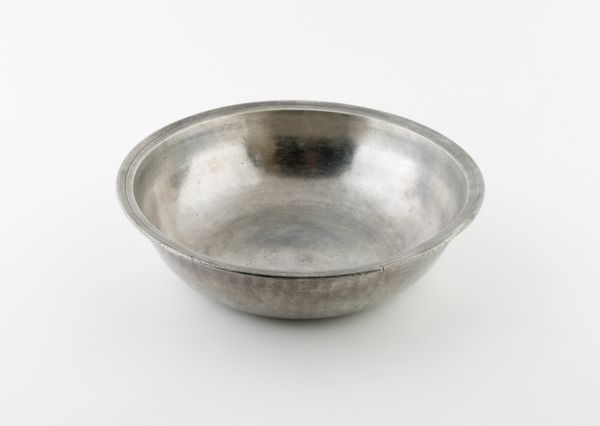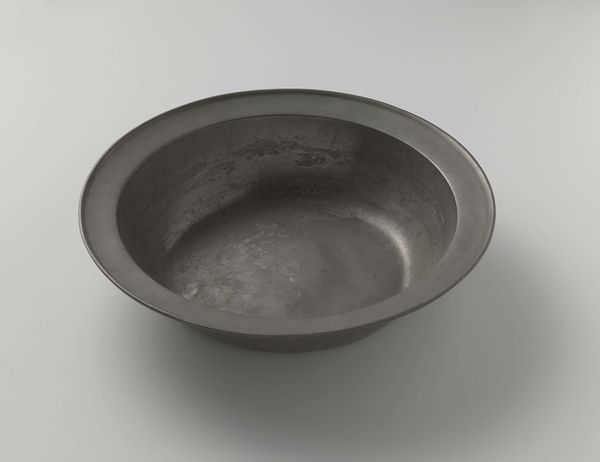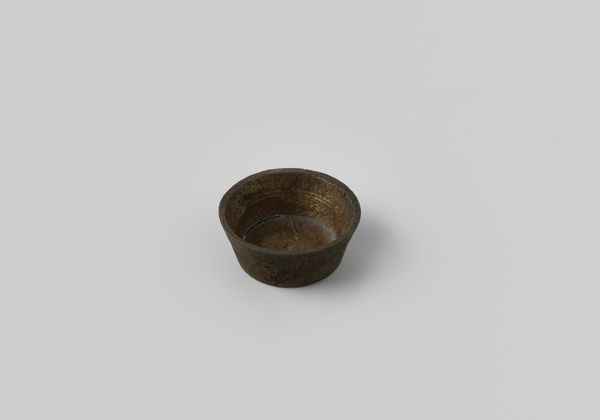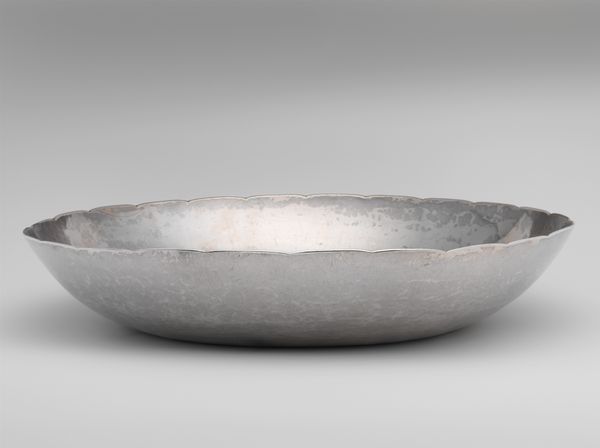
Houten houder behorend bij een Nautilusschelp, gegraveerd met een dansend Bacchus-kind en met nymph en amor 1650 - 1700
0:00
0:00
metal, wood
#
baroque
#
metal
#
wood
#
decorative-art
Dimensions: width 13 cm, height 5.3 cm, width 12.7 cm, depth 3.0 cm
Copyright: Rijks Museum: Open Domain
Cornelis Bellekin made this wooden holder for a nautilus shell, engraved with scenes of Bacchus and his entourage, sometime in the late 17th or early 18th century. The nautilus shell, a rare and exotic object from the East Indies, was a symbol of wealth and status in the Dutch Republic. Mounting it in precious materials was a way of displaying this wealth and knowledge of classical mythology. The choice of Bacchus, the god of wine and revelry, as a decorative motif reflects the hedonistic values of the Dutch elite during the Golden Age. These objects tell us a great deal about the history of collecting, trade, and taste in the early modern period. To understand them better, art historians examine estate inventories, auction catalogs, and other documents. By placing art in its social and institutional context, we can begin to appreciate its full significance.
Comments
No comments
Be the first to comment and join the conversation on the ultimate creative platform.
